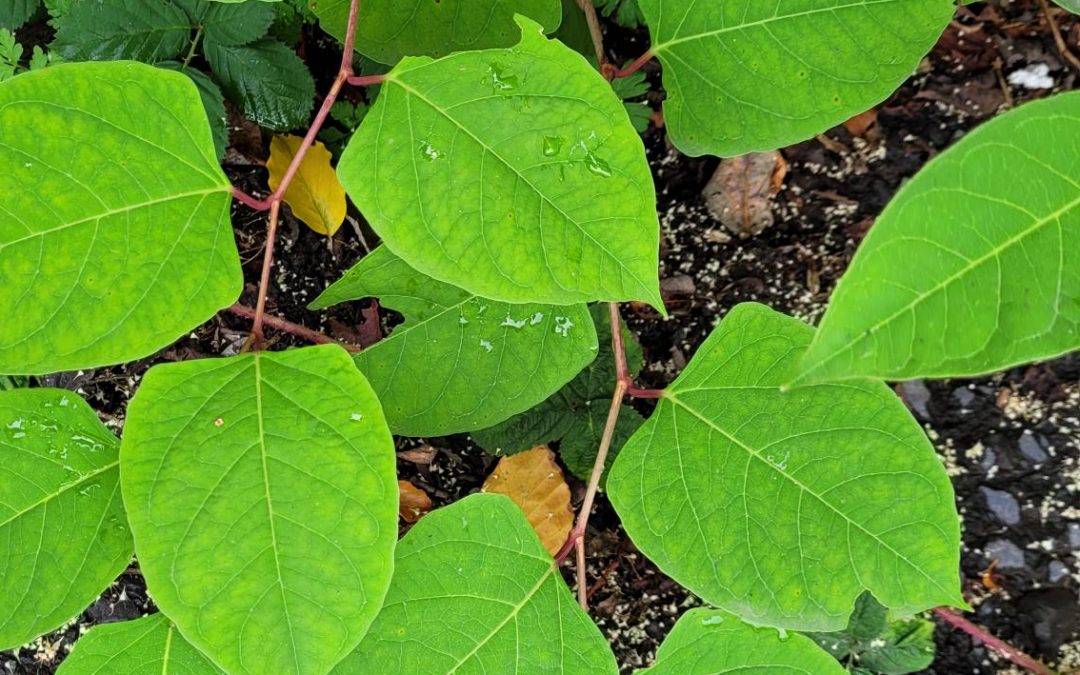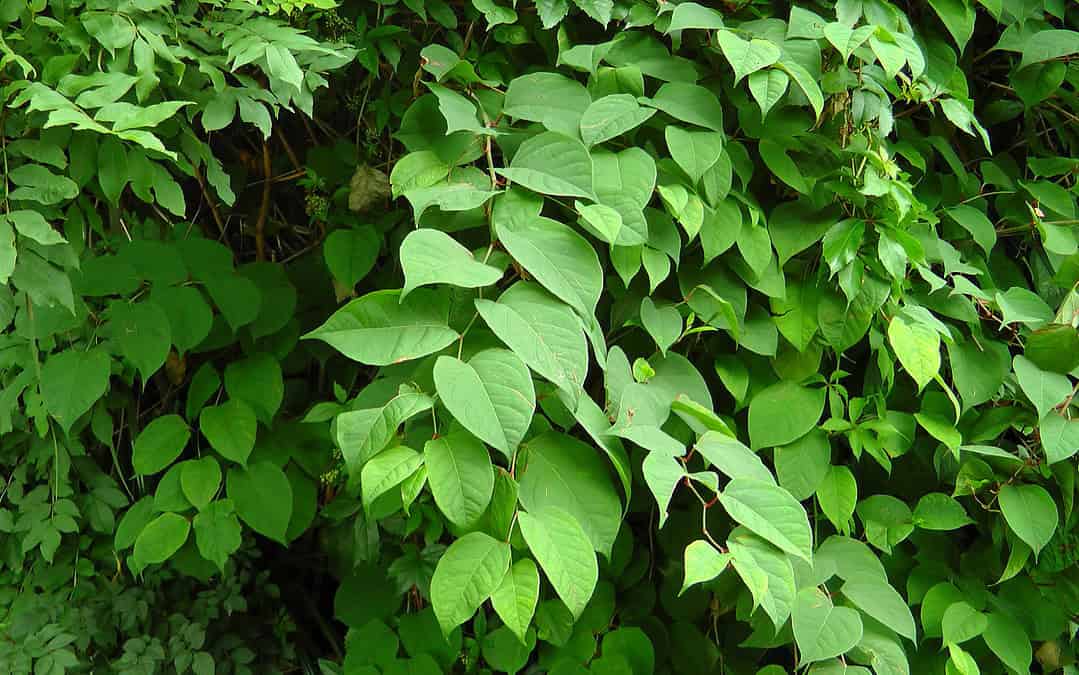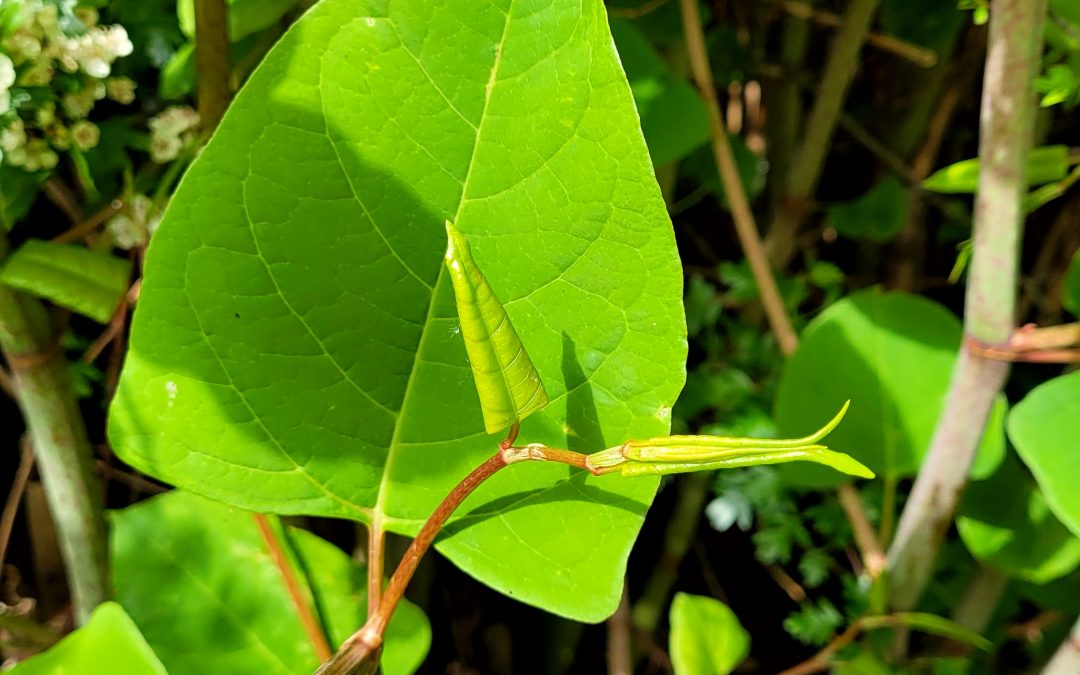 What is the best killer for Japanese knotweed? The most effective and widely used herbicide for controlling Japanese knotweed is glyphosate. Glyphosate-based herbicides are systemic, meaning they are absorbed by the plant and translocated throughout it, including its...
What is the best killer for Japanese knotweed? The most effective and widely used herbicide for controlling Japanese knotweed is glyphosate. Glyphosate-based herbicides are systemic, meaning they are absorbed by the plant and translocated throughout it, including its...
 Do Surveyors Look for Japanese Knotweed? Japanese Knotweed (Fallopia japonica) is a highly invasive plant that causes serious problems for property owners across the UK. Its powerful rhizome (root) system can invade gardens, damage hard surfaces, and weaken building...
Do Surveyors Look for Japanese Knotweed? Japanese Knotweed (Fallopia japonica) is a highly invasive plant that causes serious problems for property owners across the UK. Its powerful rhizome (root) system can invade gardens, damage hard surfaces, and weaken building...
 A Comprehensive Guide to What is a Japanese Knotweed Management Plan? Japanese knotweed is a resilient invasive species that poses significant challenges for homeowners and environmentalists. To tackle this plant effectively, a Japanese Knotweed Management Plan is...
A Comprehensive Guide to What is a Japanese Knotweed Management Plan? Japanese knotweed is a resilient invasive species that poses significant challenges for homeowners and environmentalists. To tackle this plant effectively, a Japanese Knotweed Management Plan is...
 Understanding Japanese Knotweed The Plant that Took Over the World A Brief History of Japanese Knotweed Japanese Knotweed, or Fallopia japonica, originally hails from Eastern Asia, specifically Japan, China, and Korea. Its ornamental characteristics and rapid growth...
Understanding Japanese Knotweed The Plant that Took Over the World A Brief History of Japanese Knotweed Japanese Knotweed, or Fallopia japonica, originally hails from Eastern Asia, specifically Japan, China, and Korea. Its ornamental characteristics and rapid growth...
 What Does Japanese Knotweed Look Like? Introduction Ever stumbled upon a plant in your backyard and wondered, “Is this Japanese Knotweed?” Understanding what this invasive species looks like can be crucial for homeowners and environmentalists. So, how can...
What Does Japanese Knotweed Look Like? Introduction Ever stumbled upon a plant in your backyard and wondered, “Is this Japanese Knotweed?” Understanding what this invasive species looks like can be crucial for homeowners and environmentalists. So, how can...
 What is the natural enemy of Japanese knotweed? In its native range in Japan, Japanese knotweed (Fallopia japonica) is not as aggressive and problematic in regions where it has been introduced, like the UK and North America. This is because, in Japan, the plant is...
What is the natural enemy of Japanese knotweed? In its native range in Japan, Japanese knotweed (Fallopia japonica) is not as aggressive and problematic in regions where it has been introduced, like the UK and North America. This is because, in Japan, the plant is...
Japanese Knotweed Plus use cookies to improve your experience. We'll assume you're ok with this, but you can opt-out if you wish.AcceptReject Read More Cookies Policy






